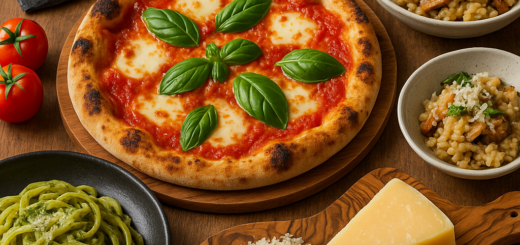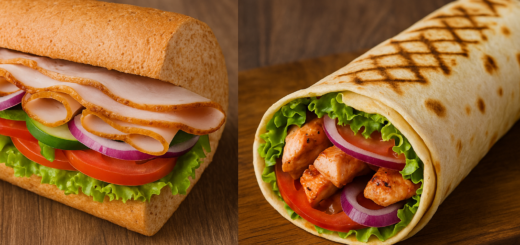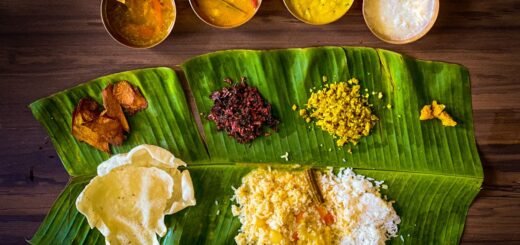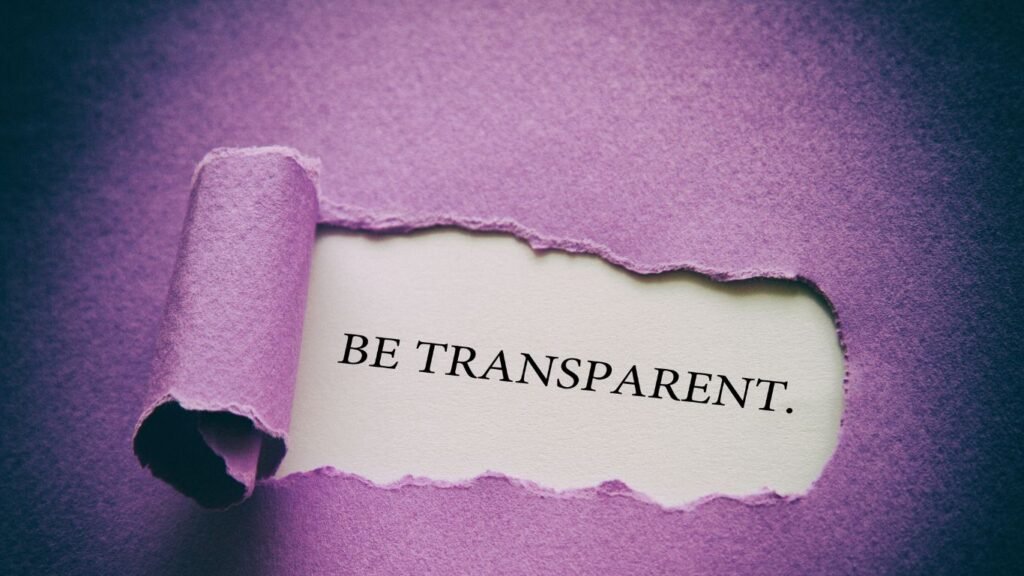Korean Food in India: Top Restaurants Reviewed

Over the past decade, Korean culture has carved a unique niche in India. From K-dramas and K-pop to Korean skincare, the “Hallyu” wave has swept across urban India. This cultural influx brought with it a growing curiosity around Korean cuisine. As a result, metropolitan cities such as Delhi, Mumbai, Bengaluru, Chennai, and Hyderabad now boast a vibrant selection of Korean restaurants. Diners flock to experience the flavors of kimchi, bulgogi, bibimbap, and tteokbokki — dishes that offer a sharp contrast to Indian culinary profiles yet complement the nation’s love for bold, layered flavors.
This review explores the top Korean restaurants in India, focusing on authenticity, ambiance, pricing, and customer satisfaction.
1. Gung – The Palace (New Delhi)
Gung stands as a pioneer of authentic Korean fine dining in India. Located in Green Park, this restaurant maintains traditional Korean aesthetics with wooden interiors, private dining rooms, and floor seating arrangements. The staff greets diners with formal bows and serves meals with a level of detail rarely seen in casual establishments.
Recommended Dishes: Bulgogi (grilled marinated beef), Kimchi Jjigae (kimchi stew), and Samgyeopsal (grilled pork belly). The banchan (side dishes) selection impresses with variety and taste.
Price Range: ₹2,000–₹2,500 for two
Why It Stands Out: Gung offers the most complete Korean culinary experience in Delhi. It sources ingredients from Korea and cooks them under the guidance of Korean chefs.
2. Heng Bok (Bengaluru)
Located in Kormangala, Heng Bok specializes in Korean BBQ. Guests can grill meats at their table, turning meals into interactive experiences. The owners created an atmosphere that blends modern Korean dining with comfortable Indian sensibilities.
Recommended Dishes: Galbi (marinated short ribs), Japchae (stir-fried glass noodles), and Kimchi Pancake. Their BBQ platter serves as a highlight, offering pork, chicken, and beef cuts seasoned in-house.
Price Range: ₹1,800–₹2,200 for two
Why It Stands Out: Heng Bok emphasizes quality cuts of meat and maintains consistency across multiple visits. Service staff explain dishes and help newcomers navigate the BBQ process.
3. Busan Korean Restaurant (Chennai)
Busan, located in Besant Nagar, draws both Korean expats and locals. The restaurant keeps decor minimal and homey. Unlike high-end Korean outlets, Busan adopts a family-run feel.
Recommended Dishes: Bibimbap (rice with vegetables and egg), Doenjang Jjigae (soybean paste stew), and Tteokbokki (spicy rice cakes). Portions satisfy hunger and deliver balanced flavors.
Price Range: ₹1,200–₹1,500 for two
Why It Stands Out: Busan does not compromise on authenticity. They ferment kimchi on-site and use traditional Korean cookware. Their comforting, no-frills meals mirror everyday Korean home cooking.
4. Korea House (Mumbai)
Situated in Worli, Korea House merges elegant interiors with cultural pride. The space features calligraphy, Korean art, and traditional crockery. Diners enjoy private booths and table grills.
Recommended Dishes: Yukgaejang (spicy beef soup), Samgyetang (ginseng chicken soup), and Gimbap (Korean sushi rolls). The tea selection includes rare Korean varieties like Omija and Corn Silk tea.
Price Range: ₹2,000–₹2,800 for two
Why It Stands Out: Korea House offers a rare combination of presentation, tradition, and flavor. Their soup-based dishes set them apart, especially during monsoon and winter seasons.
5. The Himalayan (Hyderabad)
Tucked away in Jubilee Hills, The Himalayan serves Korean, Tibetan, and Japanese dishes. It attracts a young crowd, including university students and K-drama fans.
Recommended Dishes: Kimchi Fried Rice, Bulgogi Bowl, and Hotteok (sweet pancake dessert). Their set lunch menu provides value and variety.
Price Range: ₹1,000–₹1,300 for two
Why It Stands Out: The Himalayan offers fusion-friendly Korean cuisine without diluting authenticity. Dishes cater to Indian spice preferences without losing their core identity.
6. Gimbap – Korean Fast Food (Delhi NCR)
Located in Gurugram, Gimbap targets casual diners seeking quick Korean bites. The interiors resemble Korean street cafés with minimal seating and colorful walls.
Recommended Dishes: Spicy Ramyeon, Tuna Gimbap, and Korean Corn Dog. Diners order at the counter, receive food quickly, and enjoy affordable pricing.
Price Range: ₹500–₹800 for two
Why It Stands Out: Gimbap brings Korean street food culture to India. Students, office-goers, and casual diners frequent this space for budget-friendly meals that taste authentic and fresh.
7. Café Happa (Pune)
Café Happa caters to the rising demand for Korean food in Pune. Its cozy environment and diverse menu make it a favorite among students and young professionals.
Recommended Dishes: Korean Fried Chicken, Mandu (dumplings), and Soy Garlic Wings. The café also offers unique desserts like bingsu (shaved ice) and dalgona candy.
Price Range: ₹900–₹1,200 for two
Why It Stands Out: Café Happa excels at modernizing Korean comfort food. Their plating style appeals to Instagram-friendly audiences, while the food stays rooted in tradition.
8. Seoul Restaurant (Aizawl, Mizoram)
Seoul Restaurant brings Korean flavors to the Northeast. Located in Aizawl, it caters to locals who maintain strong cultural ties with East Asia.
Recommended Dishes: Kimchi Bokkeumbap (fried rice), Tteokgalbi (grilled beef patty), and Odeng Soup. They serve meals with locally grown greens and fermented side dishes.
Price Range: ₹800–₹1,000 for two
Why It Stands Out: Seoul Restaurant integrates Mizoram’s fresh produce with Korean recipes. Their use of local ingredients makes flavors more organic and personalized.
Why Korean Food Thrives in India
Korean cuisine thrives in India for several reasons. First, both cultures celebrate fermented, spicy, and shared meals. Kimchi’s tangy punch echoes the zest of Indian pickles. Communal Korean BBQ dining aligns with India’s group-centric food culture. Additionally, the rise of K-dramas and idols made Korean food aspirational, not just foreign.
Restaurants responded to this demand with diverse strategies. High-end places recreated Seoul’s fine dining elegance, while fast-casual eateries reinterpreted Korean snacks for Indian streets. Importantly, many restaurateurs trained under Korean chefs or in Seoul to ensure skillful preparation.
Indian cities continue to embrace this culinary wave. Online food delivery platforms now host dozens of Korean cloud kitchens. Korean instant noodles (ramyeon), seaweed snacks, and sauces have entered major Indian supermarkets.













